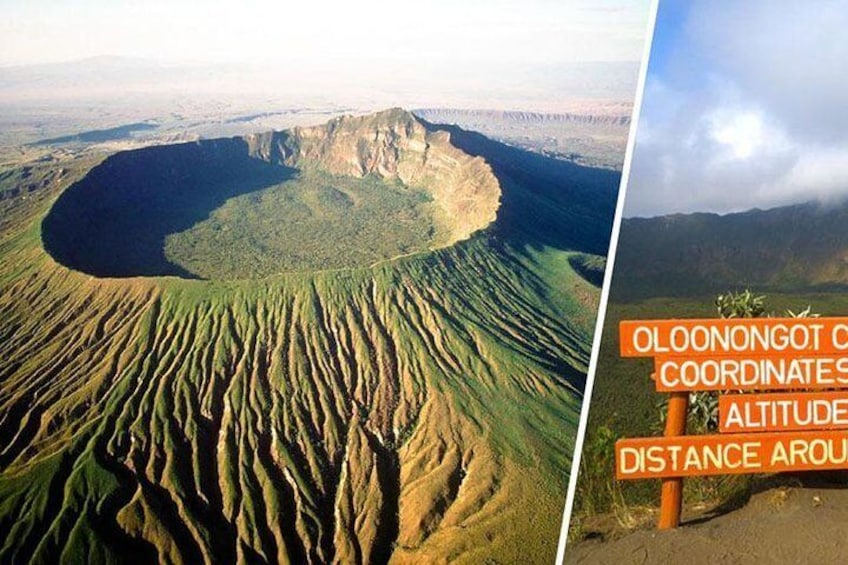Mt. Longonot, a dormant stratovolcano in Kenya’s Great Rift Valley, offers breathtaking landscapes, challenging trails, and a rich ecological experience. Just 60 kilometers from Nairobi, it stands as a popular destination for adventurers and nature enthusiasts alike. Exploring Mt. Longonot Crater: A Guide to Kenya’s Volcanic Wonder is key for adventuring the mountain. Here’s a closer look at what makes Mt. Longonot Crater an unforgettable experience.
1. A Brief History of Mt. Longonot
Mt. Longonot’s last eruption dates back to the 1860s, leaving behind a rugged terrain and the impressive crater it is known for today. Named after the Maasai word “Oloonong’ot,” meaning “mountain of many spurs,” it serves as a significant landmark in the Rift Valley region. The dormant volcano has become a popular spot, attracting both locals and tourists to explore its geological and natural wonders.
2. The Thrill of Hiking the Crater Rim
Hiking Mt. Longonot is no easy feat, but the rewards are worth every step. Starting from the base, the trail takes you through a mix of dusty paths and rocky inclines. Hikers ascend about 3.1 kilometers to the crater rim, where the view becomes truly magnificent. The trail around the rim spans approximately 7.2 kilometers and offers panoramic views of the crater, Lake Naivasha, and the surrounding landscapes. With challenging sections, the hike suits adventurous souls looking for a rewarding experience.
3. Unique Flora and Fauna
The crater and its surroundings boast a unique mix of flora and fauna. Inside the crater, a lush forest teems with acacia trees, shrubs, and a variety of plants adapted to the volcanic soil. Wildlife sightings may include buffalo, zebra, giraffes, and various bird species, adding a wild touch to the hike. Conservation efforts help protect this delicate ecosystem, making it essential for hikers to respect the natural environment.
4. Planning Your Visit to Mt. Longonot
Mt. Longonot National Park opens year-round, with the dry season (June to October) offering the best hiking conditions. Early mornings are ideal for cooler temperatures and fewer crowds. Pack essentials like sturdy shoes, water, sunscreen, and a camera to capture the stunning views. Entry fees support park conservation, ensuring this natural wonder remains pristine for future explorers. Exploring Mt. Longonot Crater: A Guide to Kenya’s Volcanic Wonder is key for travellers.


